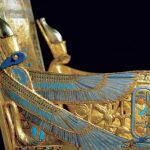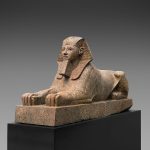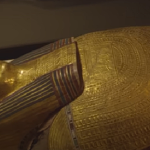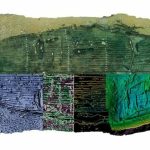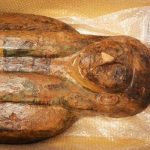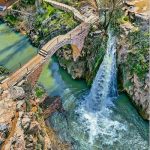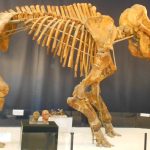Graffiti by Early Humans from 20,000–15,000 BC Discovered in Sicily’s Addaura Cave

The graffiti of Addaura, carved by ancient humans between 20,000-15,000 BC during the late Epigravettian and early Mesolithic periods, represent a remarkable and intriguing chapter in the history of human artistic expression. These extraordinary carvings were discovered in the Addaura Cave, which is situated on the northeast side of Mount Pellegrino in Palermo, Sicily. The cave’s walls are adorned with intricate engravings that provide a rare and valuable insight into the lives, beliefs, and artistic practices of our prehistoric ancestors.

The Addaura graffiti are more than just simple carvings; they are complex compositions that depict human figures, animals, and possibly ritualistic scenes. These engravings reveal a high degree of skill and sophistication, suggesting that the creators were not only skilled artists but also deeply connected to their environment and community. The scenes etched into the cave walls include dynamic and often enigmatic imagery, which has sparked considerable interest and debate among archaeologists and historians.
One of the most striking aspects of the Addaura graffiti is the depiction of human figures in various poses and activities. Some of these figures appear to be involved in what might be ritualistic or ceremonial acts, hinting at the cultural and spiritual life of the people who created them. The attention to detail in these carvings indicates that they held significant meaning and were possibly used to convey important narratives or teachings.
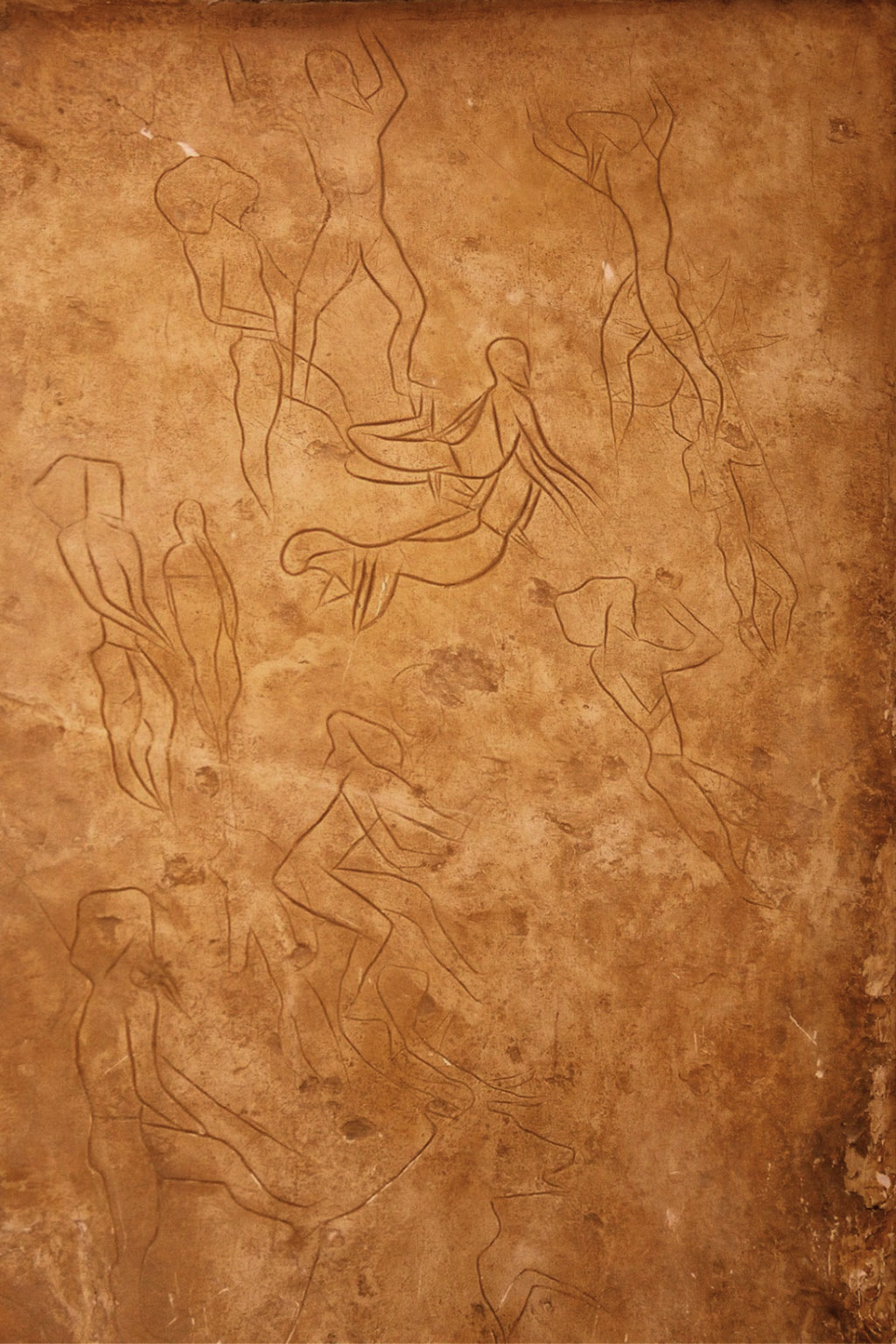
The discovery of these ancient carvings in the Addaura Cave has provided researchers with a wealth of information about the Epigravettian and Mesolithic periods in this region. It has helped to shed light on the transition from a hunter-gatherer lifestyle to more settled forms of existence, as well as the development of early human societies in Europe. The artistry and themes of the Addaura graffiti suggest a continuity of cultural traditions and a deep-rooted connection to the natural world.
Furthermore, the location of the Addaura Cave itself adds to the significance of these carvings. Nestled in the rugged landscape of Mount Pellegrino, the cave would have provided a sheltered and strategic site for its inhabitants. The choice of this location for creating such intricate and enduring artwork underscores the importance of the site in the daily and spiritual lives of these ancient people.
In conclusion, the graffiti of Addaura stand as a testament to the ingenuity, creativity, and cultural richness of ancient humans living between 20,000-15,000 BC. The carvings in the Addaura Cave offer a unique and invaluable window into the past, allowing us to glimpse the lives and minds of our distant ancestors. These ancient artworks continue to captivate and inspire, reminding us of the enduring human desire to communicate, create, and connect with one another and the world around us.

